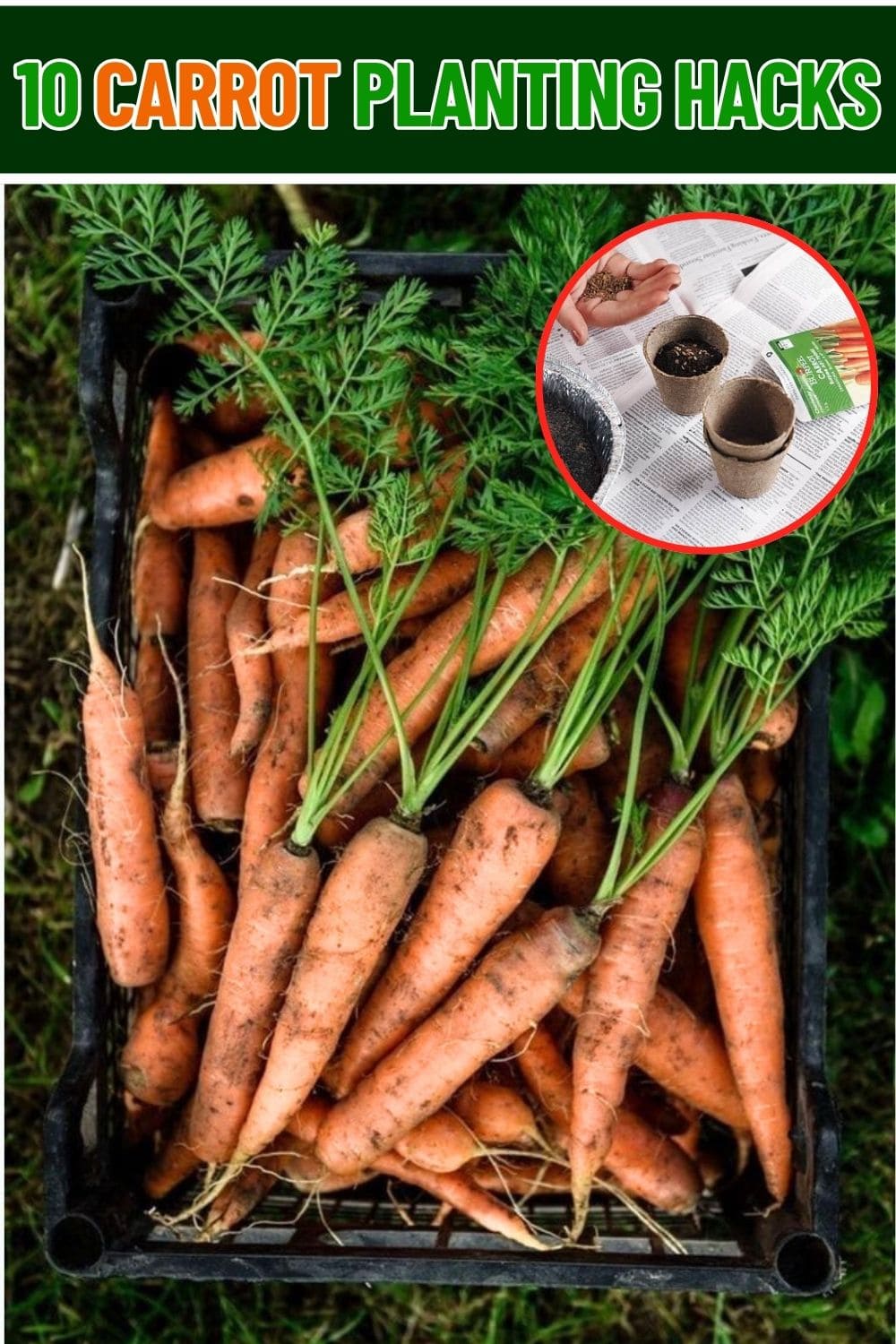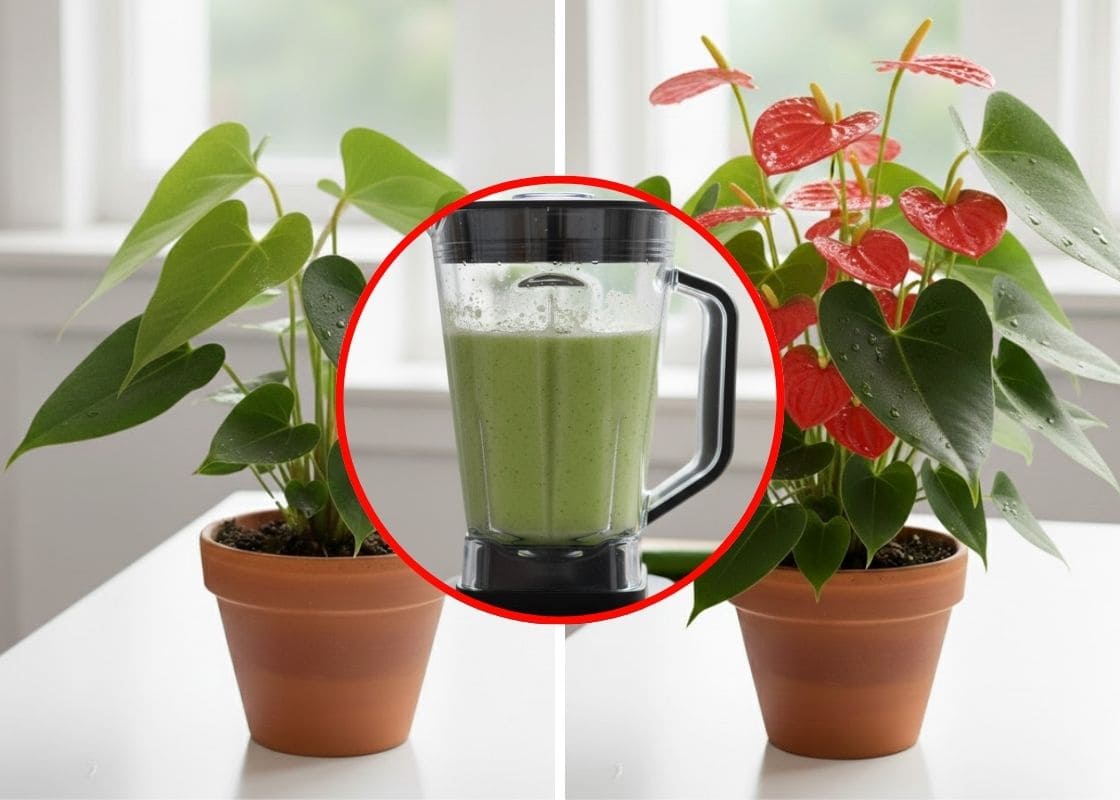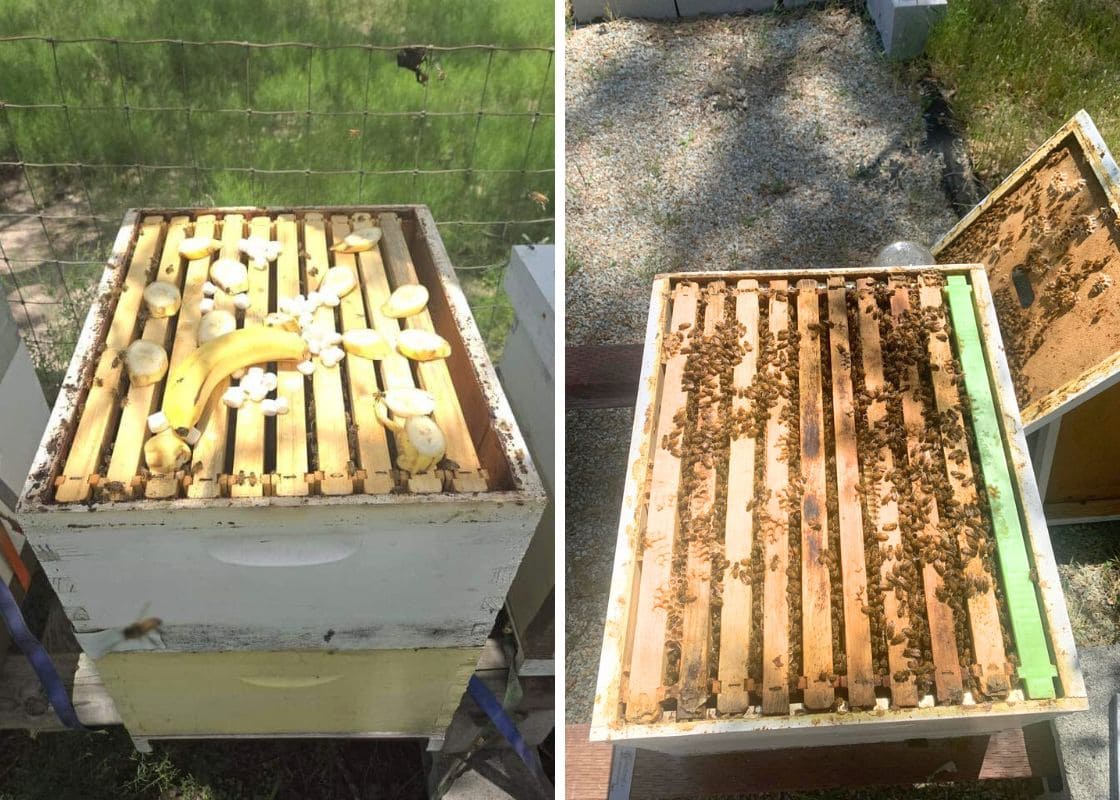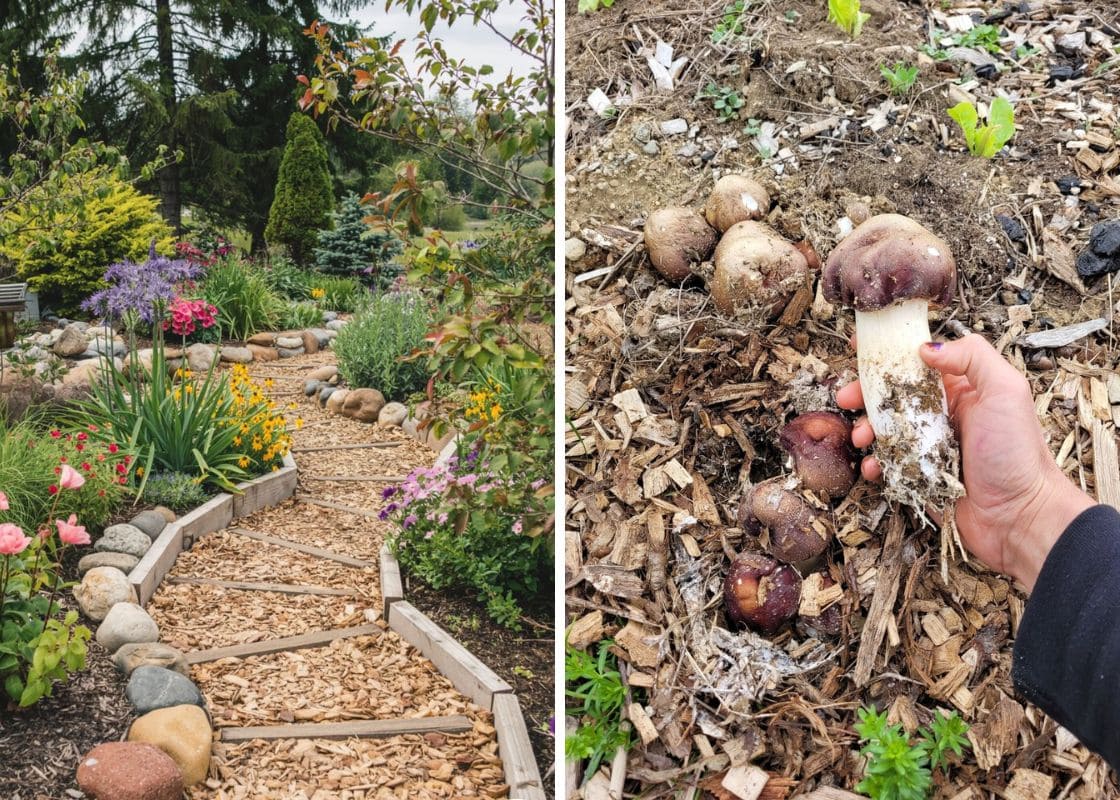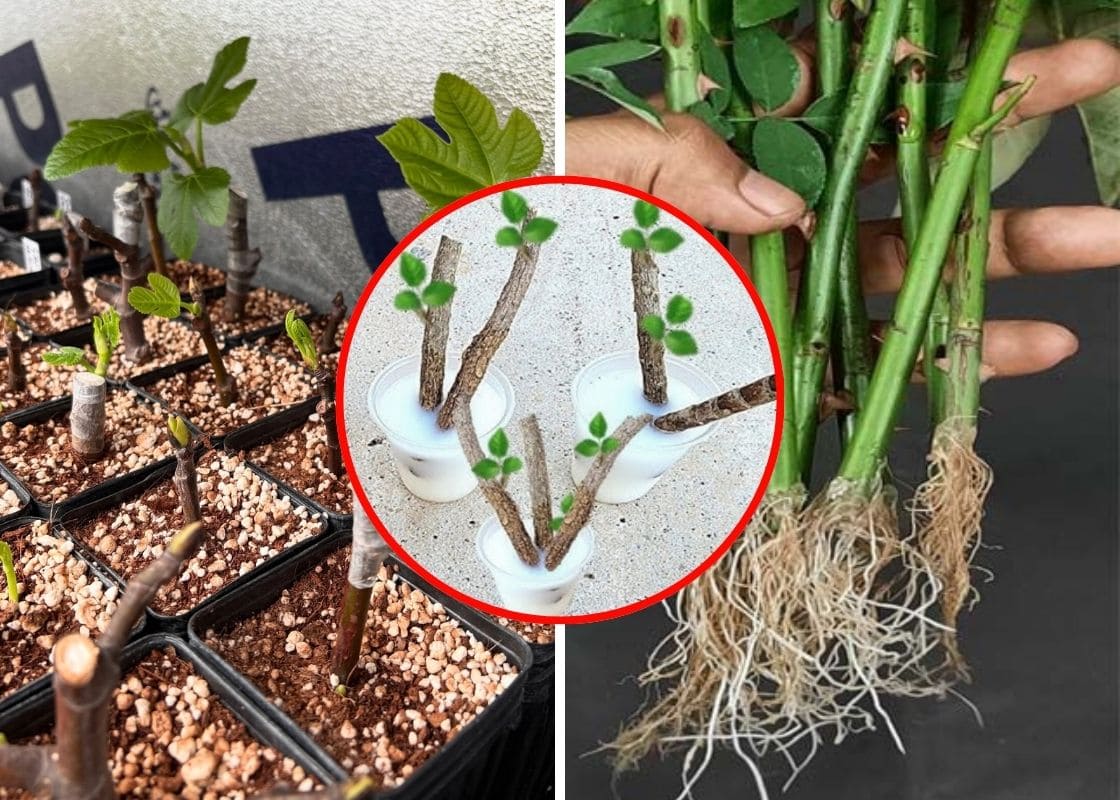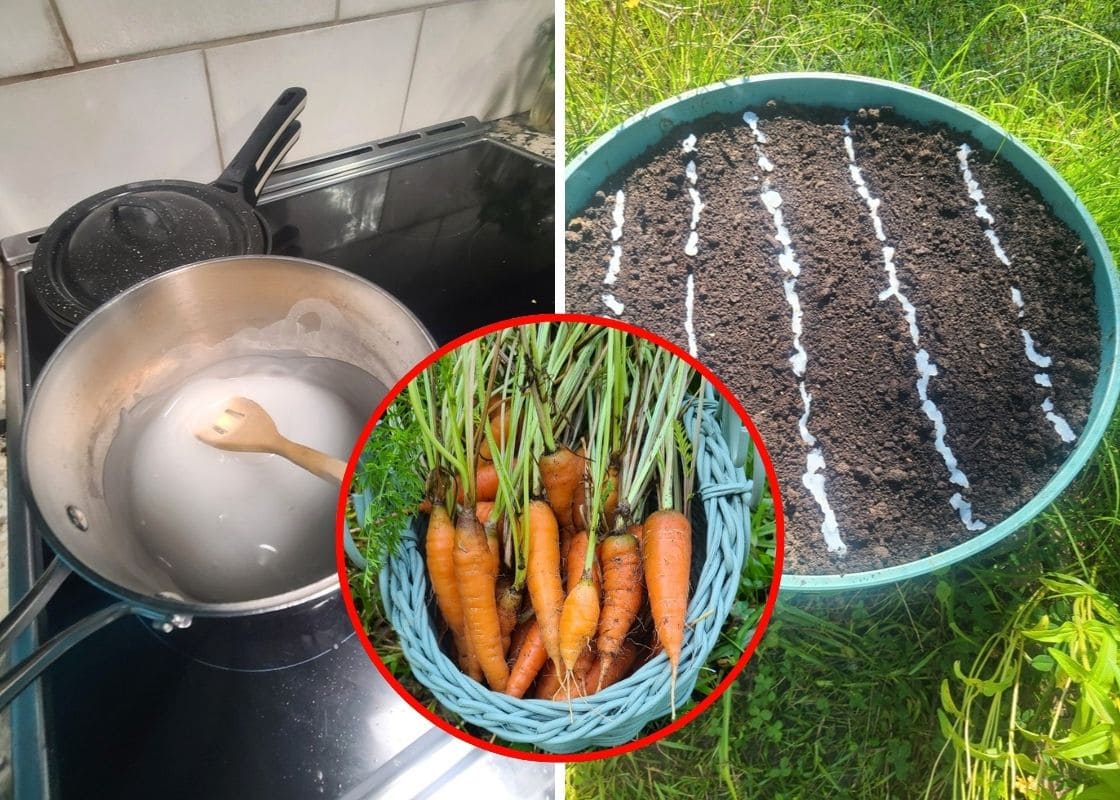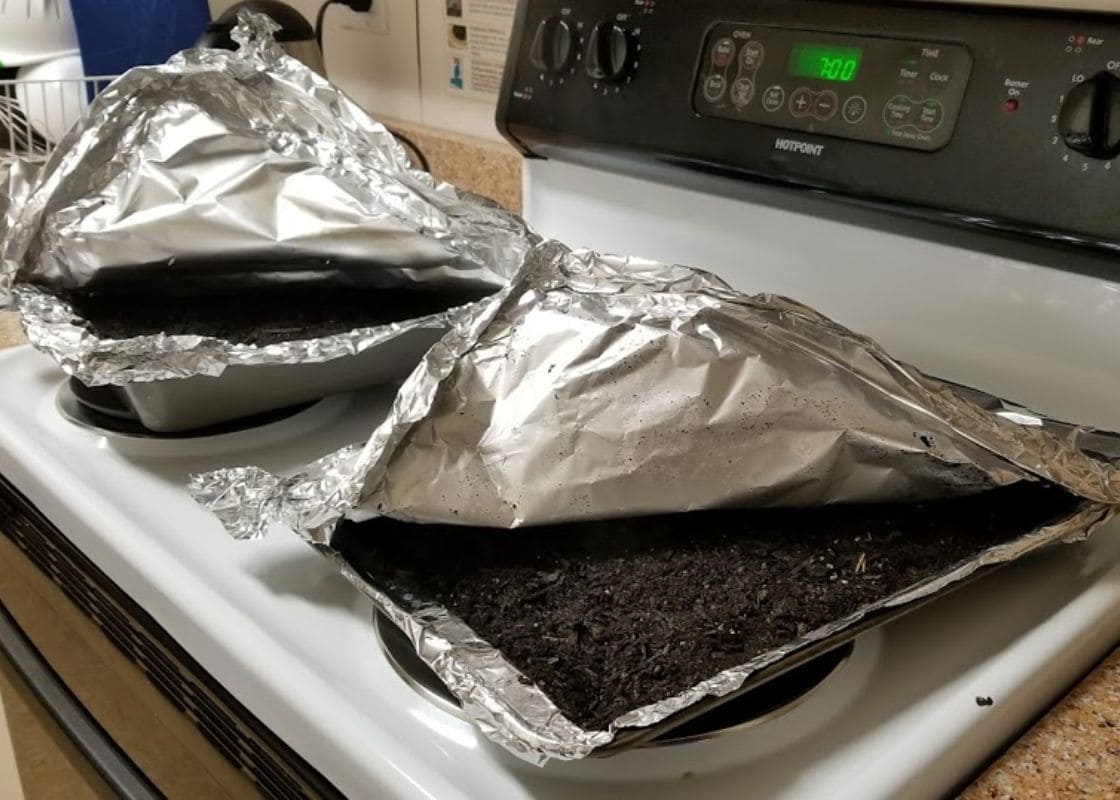Carrots are one of those vegetables that seem simple to grow until you actually try them.
Between uneven germination, twisted roots, and tiny seedlings that take forever to show up, it’s easy to wonder if they’re worth the effort.
But with a few clever tricks, you can turn those frustrating attempts into a bed full of crisp, sweet, perfectly shaped carrots.
1. Start with the Right Soil
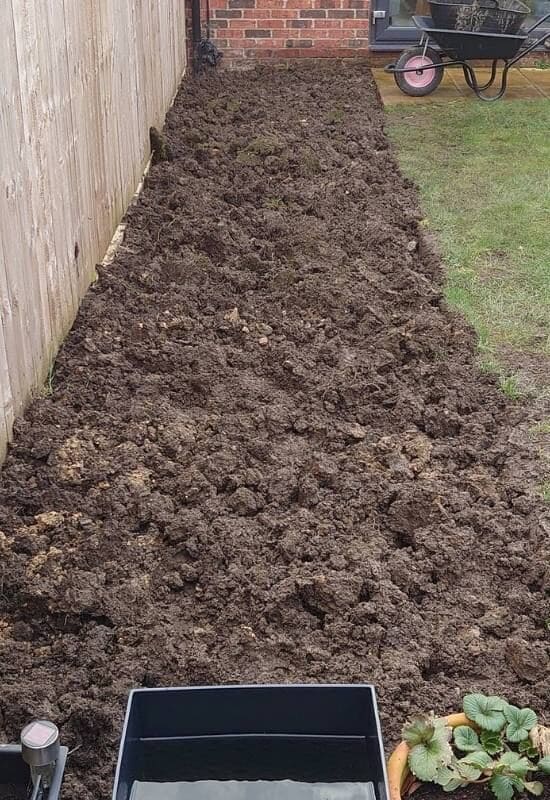
Carrots thrive in light, loose, and well-drained soil. If your ground is heavy or clay-like, the roots struggle to grow straight and deep.
It’s worth taking the time to prepare your bed before sowing.
You should dig or till down at least 12 inches, break up clumps, and remove stones or roots. A mix of sandy loam and compost works beautifully.
Also, avoid using manure or fresh compost before planting as it’s too rich and can cause forked roots.
2. Mix Tiny Seeds with Sand for Even Sowing
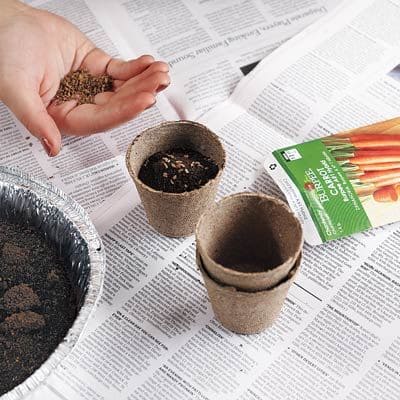
Carrot seeds are almost dust-sized, which makes spacing them evenly nearly impossible by hand.
Therefore, mixing them with fine sand (about one part seed to ten parts sand) helps distribute them evenly along your rows.
You can also mix in dry coffee grounds, which are slightly heavier and add trace nutrients. When you sprinkle this mix, it prevents clumps of seedlings.
3. The Board Trick for Even Germination
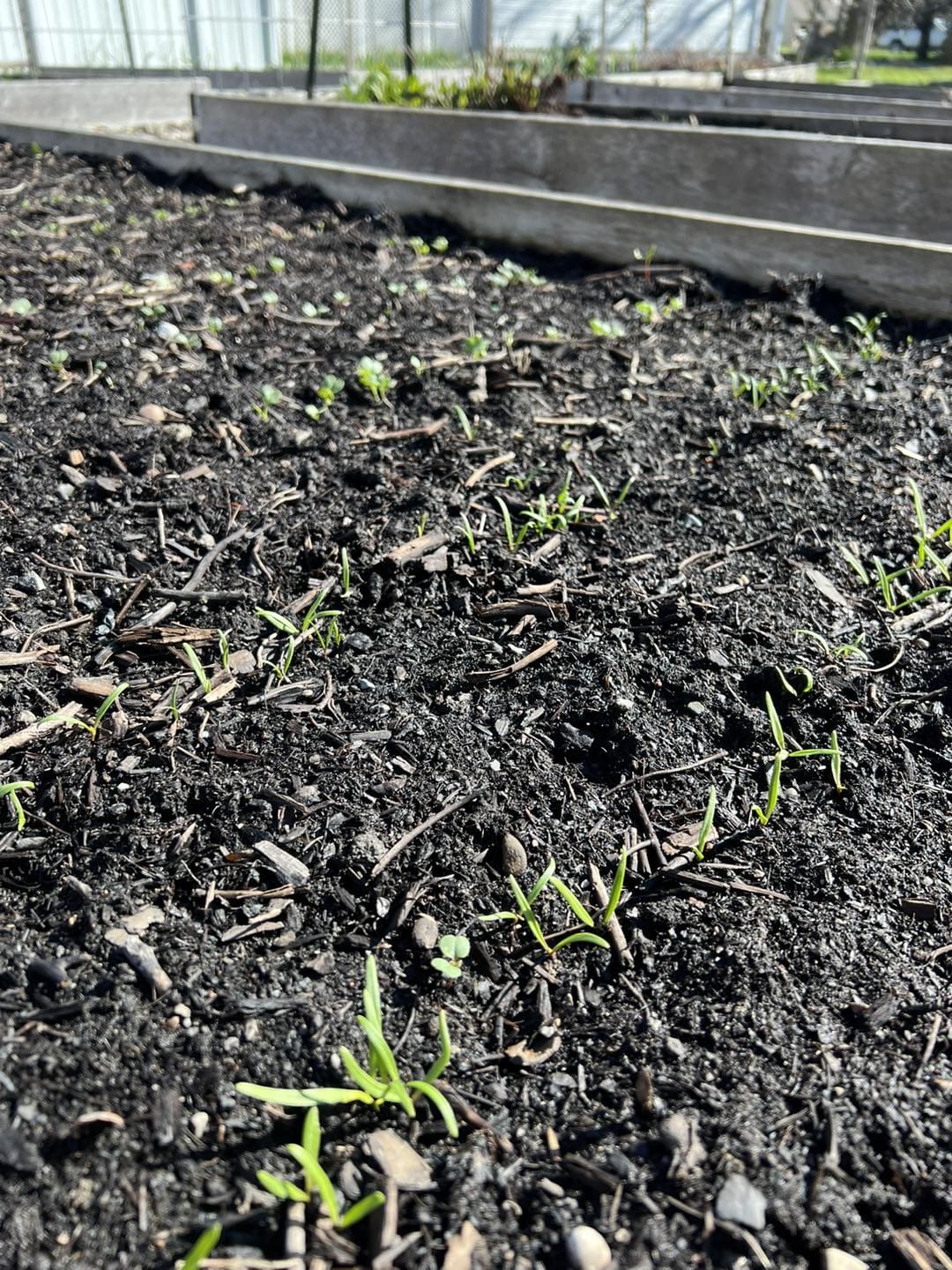
One of the biggest frustrations when growing carrots is their slow germination.
They can take up to three weeks to sprout, and during that time, the top layer of soil often dries out.
To fix that, many experienced gardeners use a simple trick: after sowing the seeds, cover the rows with a flat wooden board or piece of cardboard.
This keeps the soil surface moist and blocks harsh sunlight. The moment you notice little green threads poking up, remove the cover right away.
4. Keep It Moist, Not Soaked
Carrot seeds need consistent moisture but not puddles. A gentle misting once or twice a day is better than heavy watering, which can wash seeds away.
Once the seedlings reach about 2 inches tall, switch to deeper but less frequent watering.
5. Add Radishes as Row Companions
Carrots take a long time to emerge, while radishes sprout quickly.
By sowing a few radish seeds along with your carrots, you’ll see where the rows are within days.
As radishes mature and are harvested, they leave small holes that give the carrots more room to expand.
6. Feed the Soil Lightly
Carrots don’t need much fertilizer, but they appreciate a bit of potassium and magnesium for sweetness and strong growth.
Mixing a little wood ash or Epsom salt into the top layer before planting adds those nutrients naturally.
Specially, avoid too much nitrogen as it encourages leafy tops instead of fat roots.
7. Thin Gently and Early
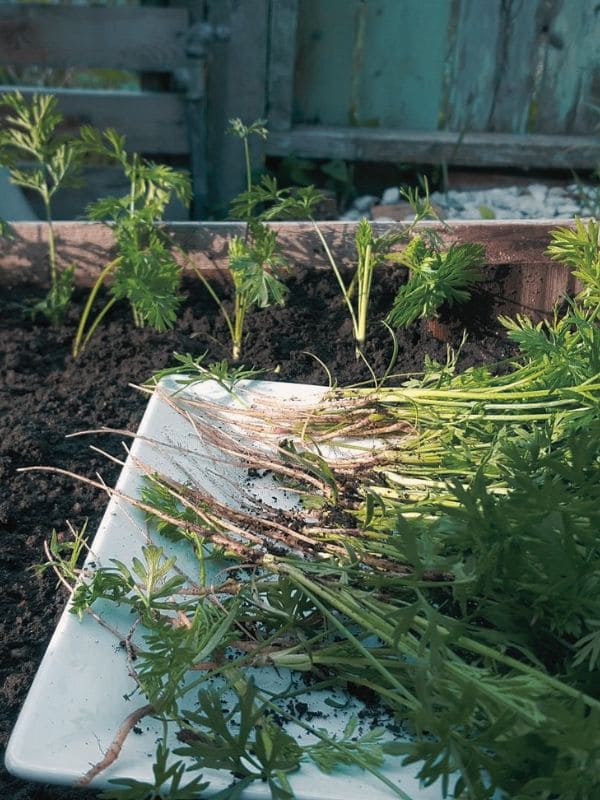
Overcrowded carrots twist and compete for nutrients. Once seedlings reach about 2 inches tall, thin them so each plant has 2–3 inches of space.
You should do this on a cool, cloudy day or in the evening, when plants are less stressed.
If you find thinning difficult, try snipping the extra plants at soil level with small scissors instead of pulling them out.
8. Protect Against Carrot Flies Naturally
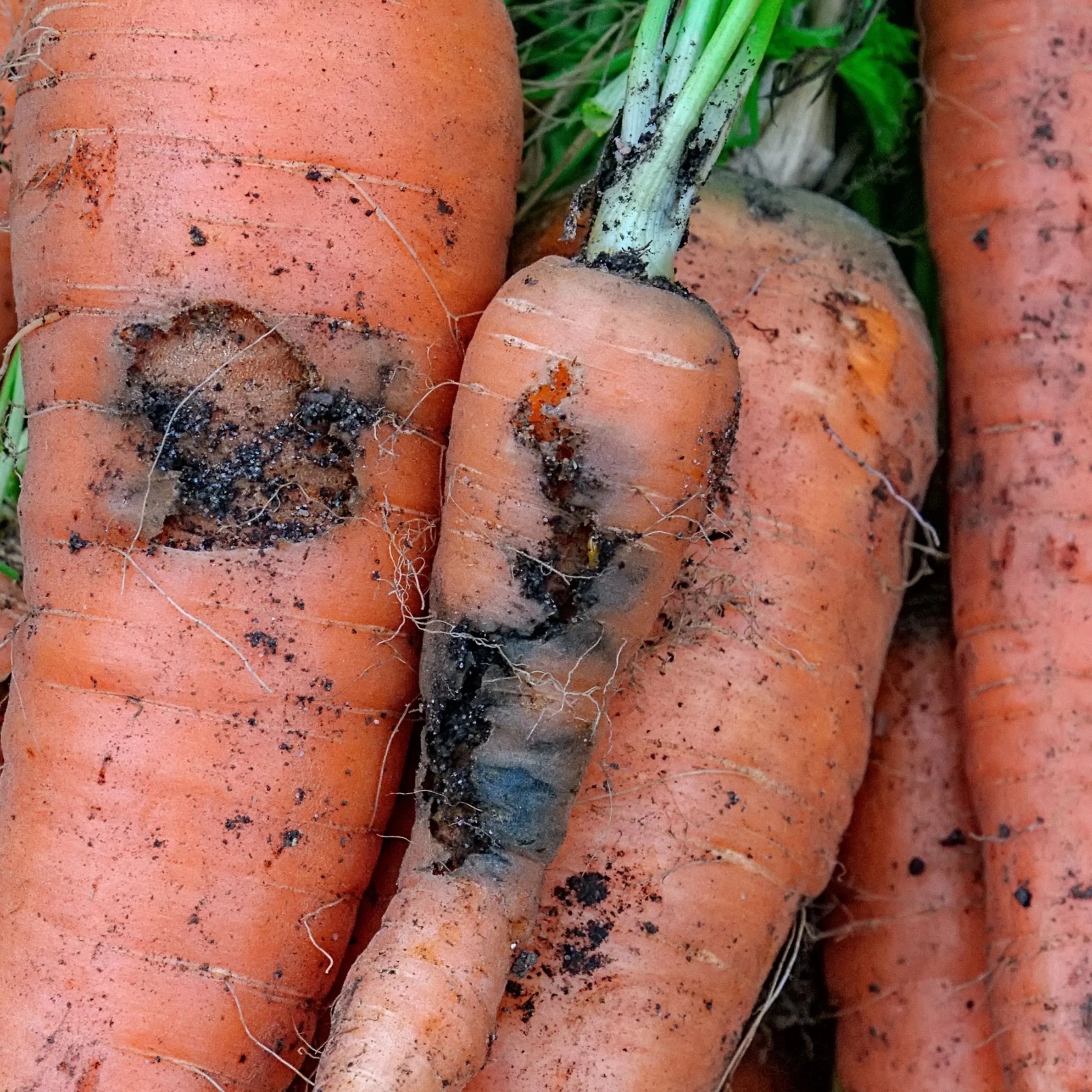
Carrot flies are tiny but persistent pests that love the smell of freshly disturbed carrot tops.
One easy trick is to avoid thinning or weeding during the day when flies are active, do it in the evening instead.
You can also plant onions, garlic, or leeks nearby. Their strong scent confuses the flies and keeps them away.
Bonus, a fine mesh row cover works well too, especially in early growth stages.
9. Mulch to Keep the Soil Cool
Carrots grow best in consistently cool, moist soil.
A light mulch of straw, dried grass clippings, or shredded leaves helps lock in moisture and prevents the soil from crusting.
Once seedlings are a few inches tall, you gently tuck mulch around them, but keep it from touching the stems.
10. Time Your Harvest for the Sweetest Flavor
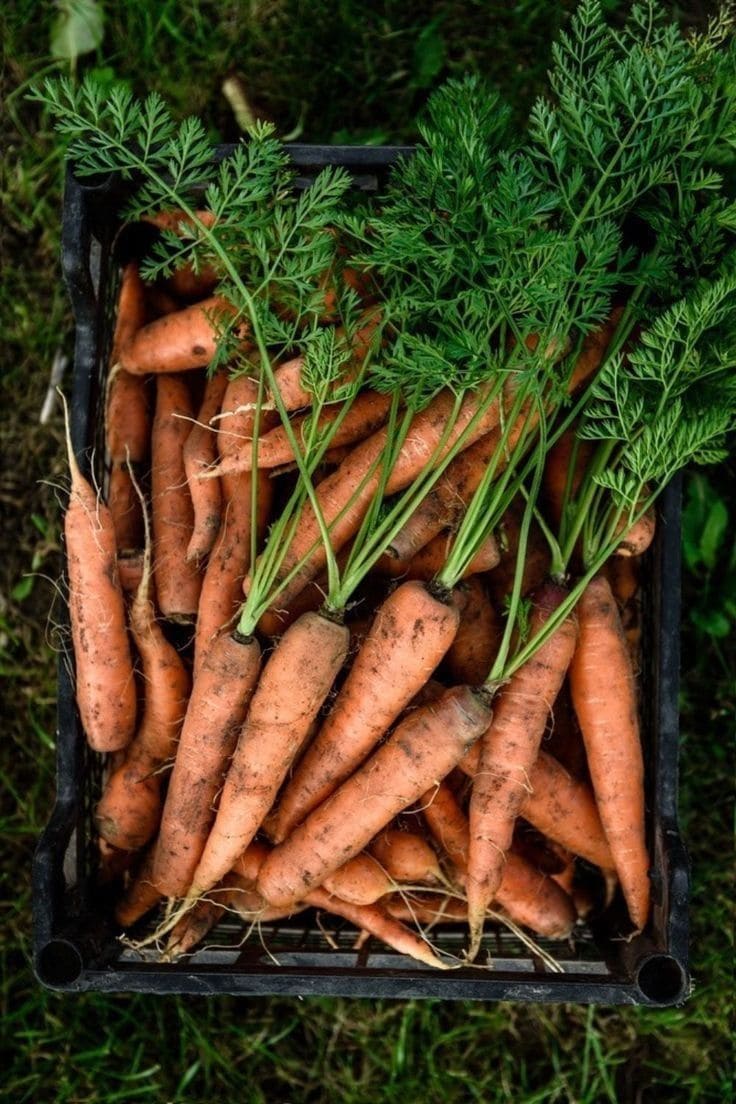
Carrots taste best after a light frost. The cold triggers a natural reaction that converts starches into sugars, making them sweeter and more flavorful.
If you live in a mild winter area, you can even leave carrots in the ground longer, covering them with straw to protect them from hard freezes.
See also: Full Guide to Growing Carrots in Plastic Bags to Save Space, Save Money
